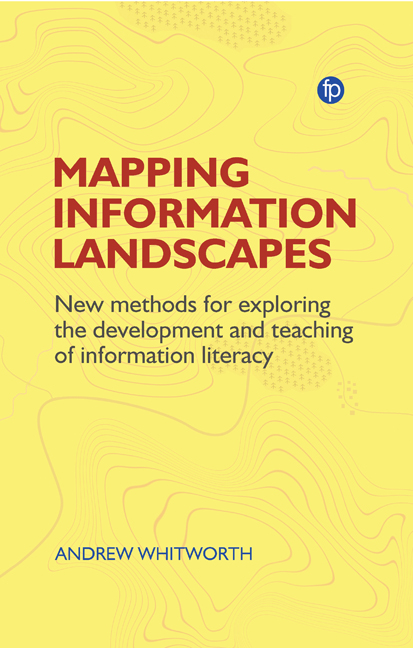Refine search
Actions for selected content:
48462 results in Computer Science
Compositional Procedures in Electronic Music and the Emergence of Time Continuum
-
- Journal:
- Organised Sound / Volume 25 / Issue 2 / August 2020
- Published online by Cambridge University Press:
- 06 August 2020, pp. 156-167
- Print publication:
- August 2020
-
- Article
- Export citation
OSO volume 25 issue 2 Cover and Front matter
-
- Journal:
- Organised Sound / Volume 25 / Issue 2 / August 2020
- Published online by Cambridge University Press:
- 06 August 2020, pp. f1-f2
- Print publication:
- August 2020
-
- Article
-
- You have access
- Export citation
Androgen receptor in satellite cells is not essential for muscle regenerations
-
- Journal:
- Experimental Results / Volume 1 / 2020
- Published online by Cambridge University Press:
- 29 July 2020, e21
-
- Article
-
- You have access
- Open access
- HTML
- Export citation
Spatial design factors associated with creative work: a systematic literature review
-
- Article
-
- You have access
- Open access
- HTML
- Export citation
Generalized monoidal effects and handlers
- Part of
-
- Journal:
- Journal of Functional Programming / Volume 30 / 2020
- Published online by Cambridge University Press:
- 28 July 2020, e23
-
- Article
-
- You have access
- Export citation
Review of “Functional and Reactive Domain Modeling” by Debasish Ghosh, Manning, 2017, ISBN 978-1-617-29224-8
-
- Journal:
- Journal of Functional Programming / Volume 30 / 2020
- Published online by Cambridge University Press:
- 27 July 2020, e21
-
- Article
-
- You have access
- Export citation
HIGH-ORDER CONDITIONAL DISTANCE COVARIANCE WITH CONDITIONAL MUTUAL INDEPENDENCE
-
- Journal:
- Probability in the Engineering and Informational Sciences / Volume 36 / Issue 1 / January 2022
- Published online by Cambridge University Press:
- 27 July 2020, pp. 126-143
-
- Article
- Export citation
On the subgraph query problem
- Part of
-
- Journal:
- Combinatorics, Probability and Computing / Volume 30 / Issue 1 / January 2021
- Published online by Cambridge University Press:
- 27 July 2020, pp. 1-16
-
- Article
- Export citation
A STOCHASTIC ANALYSIS OF BIKE-SHARING SYSTEMS
-
- Journal:
- Probability in the Engineering and Informational Sciences / Volume 35 / Issue 4 / October 2021
- Published online by Cambridge University Press:
- 27 July 2020, pp. 781-838
-
- Article
- Export citation

Mapping Information Landscapes
- New Methods for Exploring the Development and Teaching of Information Literacy
-
- Published by:
- Facet
- Published online:
- 23 July 2020
- Print publication:
- 26 June 2020
Acknowledgments
-
- Book:
- Algorithms and Law
- Published online:
- 04 July 2020
- Print publication:
- 23 July 2020, pp xxi-xxii
-
- Chapter
- Export citation
14 - How to Choose a Programming Language
-
- Book:
- How to Write Good Programs
- Published online:
- 10 July 2020
- Print publication:
- 23 July 2020, pp 186-193
-
- Chapter
- Export citation
1 - Robotics and Artificial Intelligence
-
-
- Book:
- Algorithms and Law
- Published online:
- 04 July 2020
- Print publication:
- 23 July 2020, pp 1-36
-
- Chapter
- Export citation
Preface
-
- Book:
- Algorithms and Law
- Published online:
- 04 July 2020
- Print publication:
- 23 July 2020, pp xvii-xx
-
- Chapter
- Export citation
6 - Extra-Contractual Liability for Wrongs Committed by Autonomous Systems
-
-
- Book:
- Algorithms and Law
- Published online:
- 04 July 2020
- Print publication:
- 23 July 2020, pp 174-206
-
- Chapter
- Export citation
Bibliography
-
- Book:
- How to Write Good Programs
- Published online:
- 10 July 2020
- Print publication:
- 23 July 2020, pp 200-201
-
- Chapter
- Export citation
15 - How to Go Beyond This Book
-
- Book:
- How to Write Good Programs
- Published online:
- 10 July 2020
- Print publication:
- 23 July 2020, pp 194-199
-
- Chapter
- Export citation
13 - How to Score Well in a Programming Exam
-
- Book:
- How to Write Good Programs
- Published online:
- 10 July 2020
- Print publication:
- 23 July 2020, pp 179-185
-
- Chapter
- Export citation
